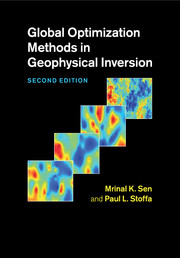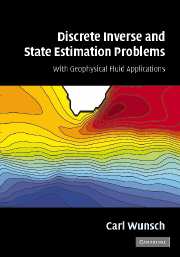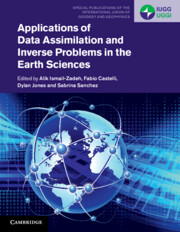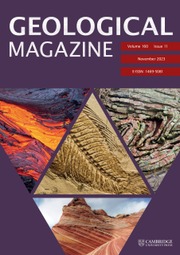Global Optimization Methods in Geophysical Inversion
Providing an up-to-date overview of the most popular global optimization methods used in interpreting geophysical observations, this new edition includes a detailed description of the theoretical development underlying each method and a thorough explanation of the design, implementation and limitations of algorithms. New and expanded chapters provide details of recently developed methods, such as the neighborhood algorithm, particle swarm optimization, hybrid Monte Carlo and multi-chain MCMC methods. Other chapters include new examples of applications, from uncertainty in climate modeling to whole Earth studies. Several different examples of geophysical inversion, including joint inversion of disparate geophysical datasets, are provided to help readers design algorithms for their own applications. This is an authoritative and valuable text for researchers and graduate students in geophysics, inverse theory and exploration geoscience, and an important resource for professionals working in engineering and petroleum exploration.
- Provides simple descriptions of global optimization methods, without complex mathematics, enabling quick understanding of the material
- Describes the theoretical developments behind each method in detail, providing readers with full background knowledge
- Presents numerous examples of up-to-date applications, providing a complete reference for solving geophysical and engineering optimization problems
Product details
March 2018Paperback
9781108445849
302 pages
245 × 170 × 16 mm
0.55kg
114 b/w illus. 4 tables
Available
Table of Contents
- Preface
- 1. Preliminary statistics
- 2. Direct, linear, and iterative-linear inverse methods
- 3. Monte Carlo methods
- 4. Simulated annealing methods
- 5. Genetic algorithms
- 6. Other global optimization methods
- 7. Geophysical applications of SA and GA
- 8. Uncertainty estimation
- References
- Index.





